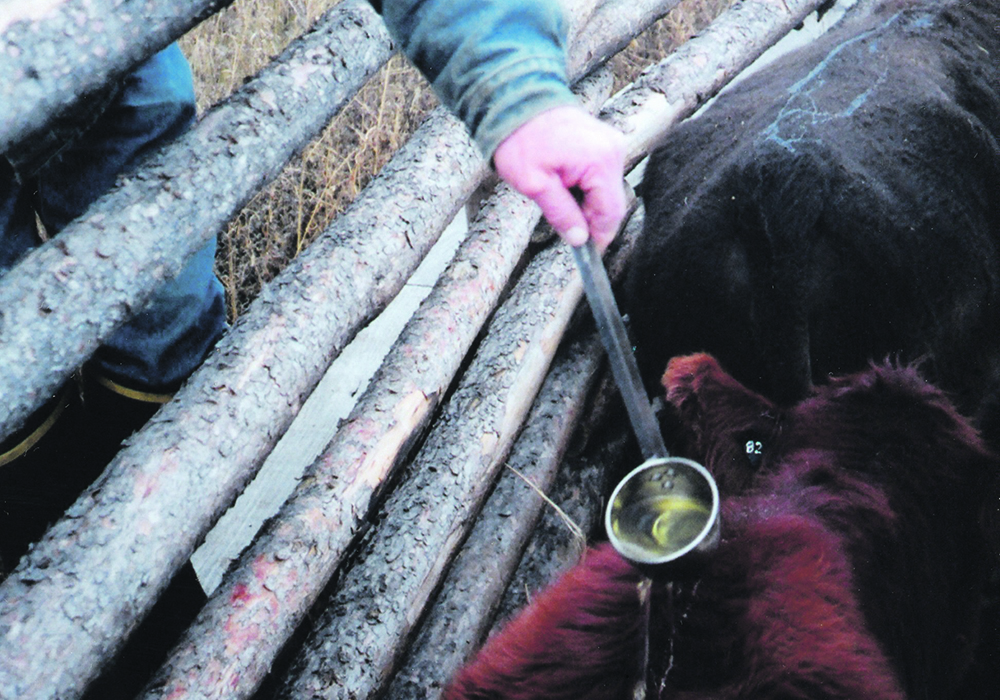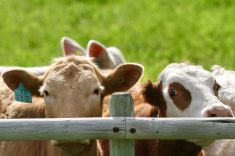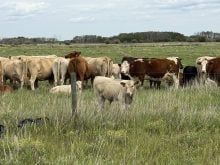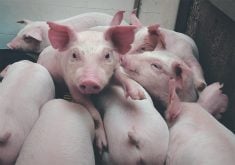Most cattle harbour lice in winter, especially in northern regions with cold temperatures and short winter days.
Lice are cold-weather insects. Summer heat and sunlight reduce their ability to live and multiply, but their numbers increase dramatically when weather is cold and cattle have long winter hair for lice to hide in.
Dr. Nathan Erickson of the Western College of Veterinary Medicine at the University of Saskatchewan says lice control is challenging in part due to weather patterns.
“Many of our products only last for about 50 days. If it’s a long winter, the cattle may need to be treated again before spring.
Read Also
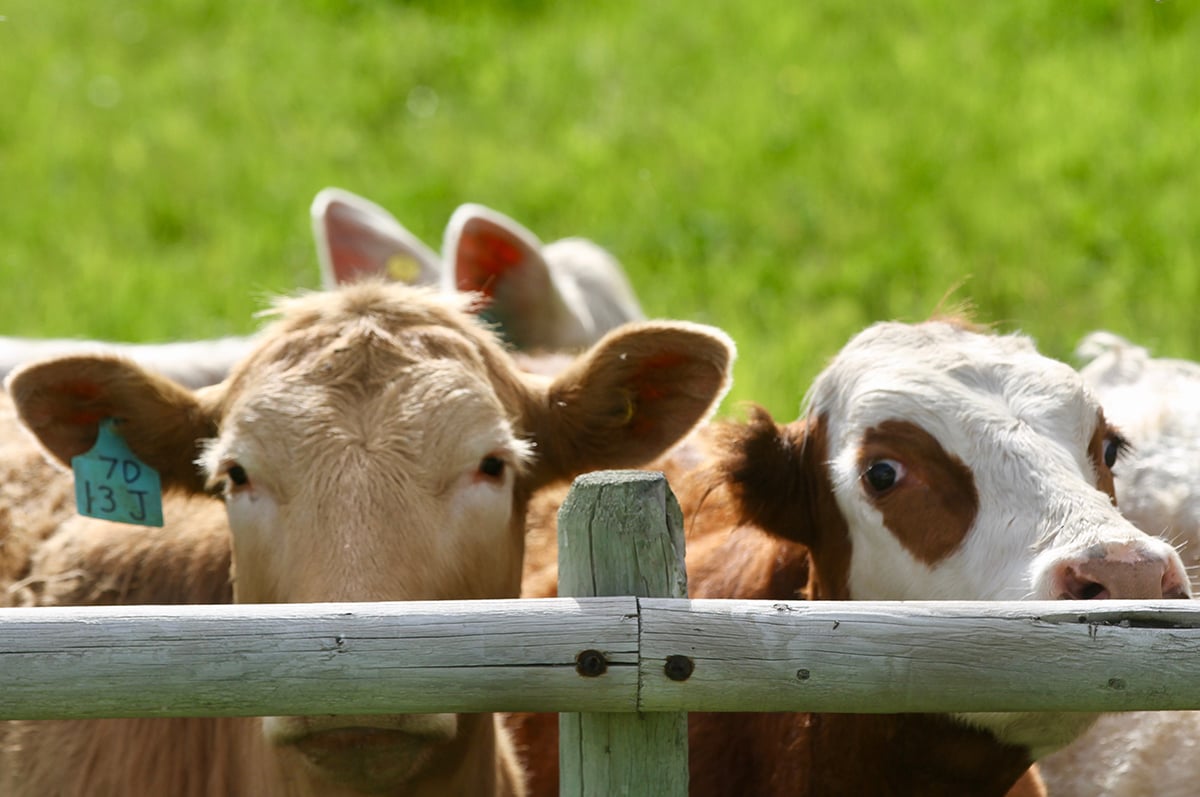
Feeder market consolidates at historic highs
For the week ending Sept. 6, Western Canadian feeder cattle markets were relatively unchanged compared to seven days earlier.
“If we treat the cattle too early, ahead of cold weather, we don’t get a very good kill because the lice are not active in warm weather. If it’s still warm in late fall, we may not have much lice emergence until the product’s effectiveness has already worn off. It is no longer present on the animal when it needs to be there,” says Erickson.
For best results, all animals should be treated at the same time.
“If we miss an animal or a group of treated cattle are put with some untreated cattle, those will spread lice again to the treated cattle,” he added.
Application technique is also important. The product needs to be applied properly and in correct dose for the size of the animal.
It can also turn to gel in the cold, often resulting in inadequate dosage. If applied to wet animals, absorption can be affected.
There are two types of lice. Sucking lice are easier to control, and a systemic product can be used because it is absorbed into the bloodstream.
Biting/chewing lice are not affected by a systemic product because they do not suck blood. They merely feed on the skin. They also move around more.
“To control them, we have to make sure we apply the product along the entire topline, from the neck/withers all the way to the tail head, to improve the chances for contact, since those lice are active,” says Erickson.
Oil-based products tend to ooze through the hair and cover more area.
“There are some new products that specifically state that they need skin contact, which means it needs to get underneath the hair and onto the skin. Follow direction for dosage, and don’t under-dose. Some people may have larger cattle than they realize. Not everyone has a set of scales,” he says.
Cattle are often deloused at the same time they are vaccinated. With people doing so many things at once, an animal can be easily missed.
Erickson recommends that cattle be monitored after treatment to make sure it worked.
“If you see some cattle itching and rubbing, or with hair loss, have your veterinarian come look at those animals to see if it truly is a louse problem or something else. If it is definitely a louse problem, you need to get on top of it and treat them again as quickly as possible, before they have too much hair loss,” he says.
Excessive hair loss means loss of insulation against the cold and those cattle will need more feed to maintain themselves and keep warm.
“You don’t want that to happen, especially this year when hay supplies are short. Those animals will be inefficient and expensive to feed. Most of the energy they are taking in will be going toward keeping warm. You need as much of the nutrients as possible to go to maintenance and to the fetus if that cow is pregnant,” says Erickson.

